
Lazy Eye - Overview
Lazy eye, also known as amblyopia, is a visual disorder culminating into poor or indistinct vision. This is actually a dysfunction of the brain which blocks vision from one eye since both eyes simply cannot be used together. Clear vision cannot be obtained in the affected eye because it is "turned off".
Children with normal vision use both of their eyes together, in the first months, after they are born. Their brains actually successfully develop the ability to obtain pictures from both eyes and fuses the particular picture into a singe image. This is called binocularity (a normal two-eyed vision). In children suffering from a lazy eye, the brain did not learn how to coordinate and use both eyes together. The picture is obtained from one eye while the brain "turns off" and blocks the in-coming picture obtained with the other eye. Because of an early suppression of the lazy eye, the child simply cannot develop normal sharpness of vision (acuity). The level of detrimental effects basically depend on how early the child's visual development has been affected.
Lazy Eye Treatment
Apart from glasses there are several other treatments available for patients suffering from a lazy eye. The first one is patching alone, the second one is patching in a combination with surgery and the last option is patching in a combination with vision therapy.
Patching alone includes covering of the child's clear eye. The eye is covered for 2-8 hours per day and from three months to a year. The vision is, in this case improved by forcing the blurry eye to work. Drawbacks of patching are associated with frustration of the child who cannot see well and it may be difficult for parents to keep the patch on the child. This requires tapping of the eye patch. The effects of patching are limited regarding visual improvement and the results are not always permanent.
Surgery is effective in straightening of the eye and stretching muscles which leads to repositioning of the eye. This is a cosmetic solution which does not provide any effects on the brain. This is why it is essential for the brain to learn how to use both eyes together.
Visual therapy is excellent for re-mediating a lazy eye. This is a sort of physical therapy which stimulates and guides visual development. Visual therapy trains the brain to perform visual functions which have not been developed spontaneously. This treatment modality is highly efficient in improving the function and performance of a lazy eye. Visual therapy is estimated to restore the visual system to normal in over 90% of all cases.




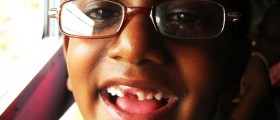
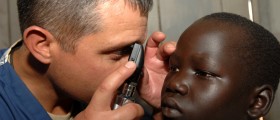
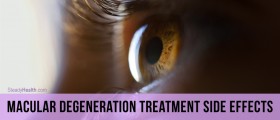

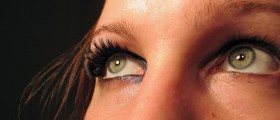
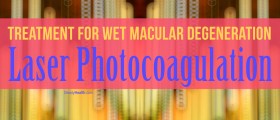
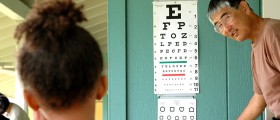


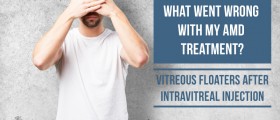
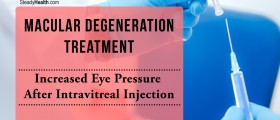

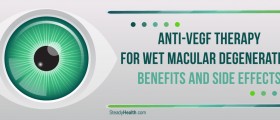
Your thoughts on this
Loading...